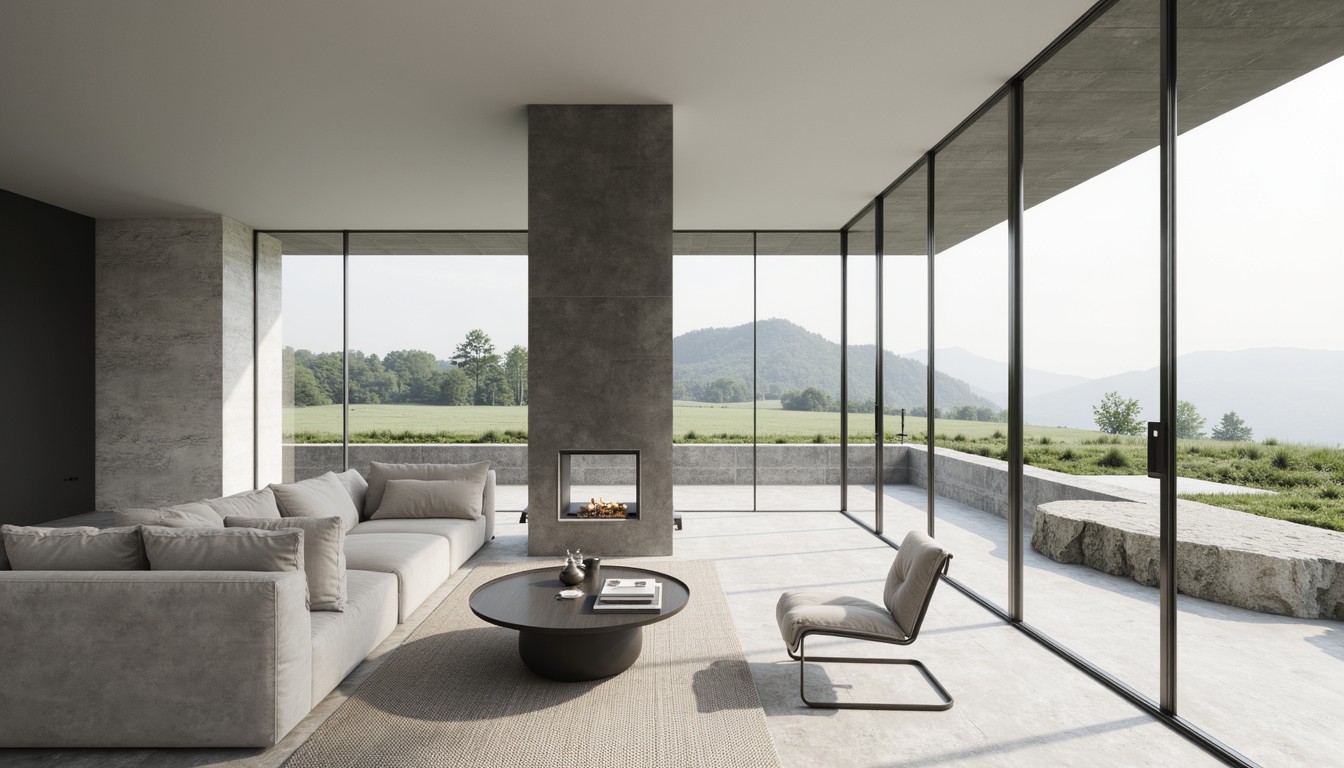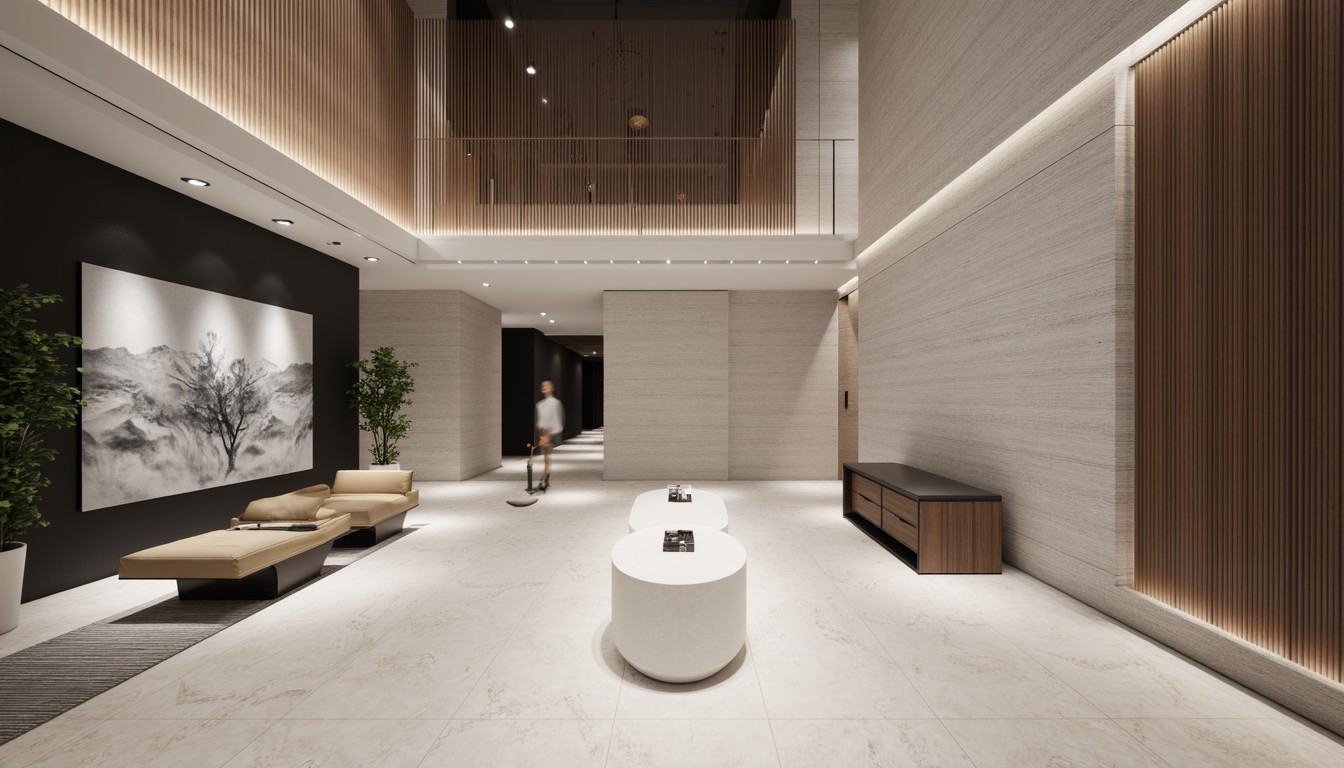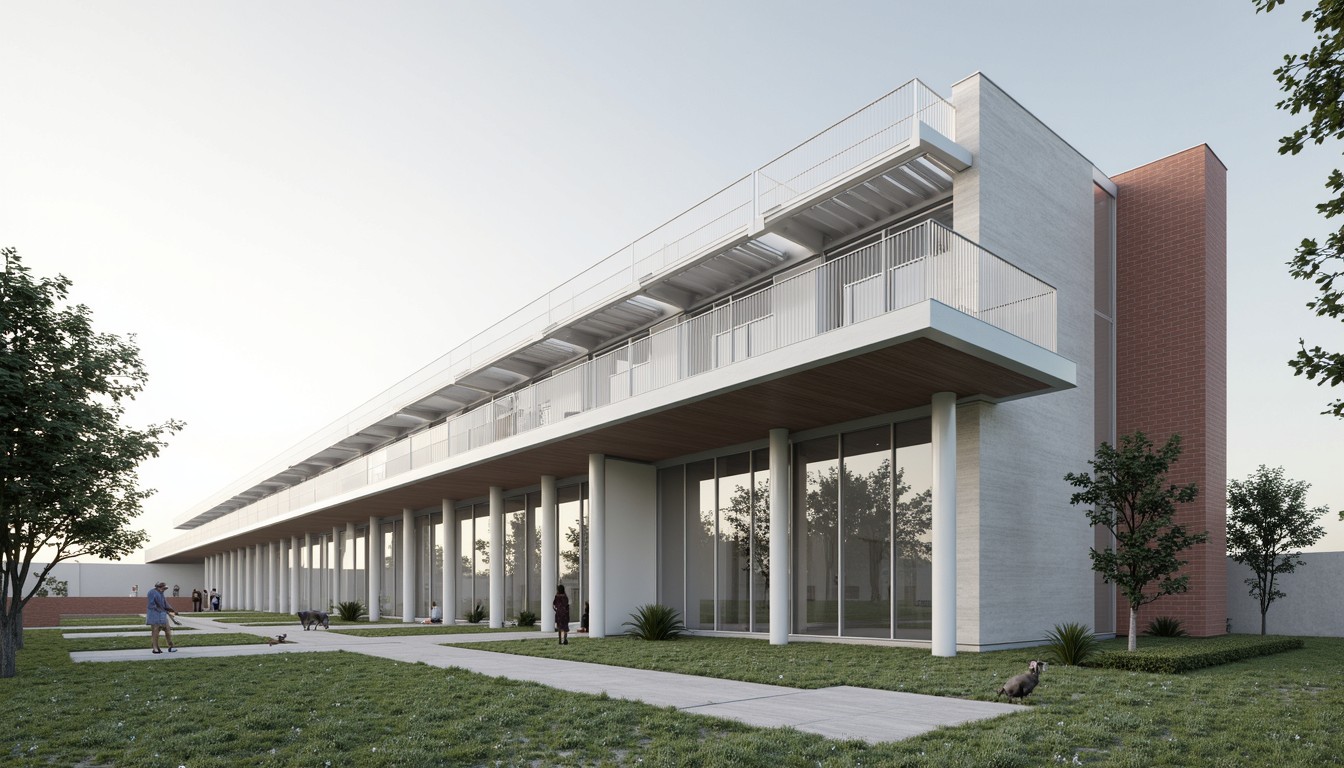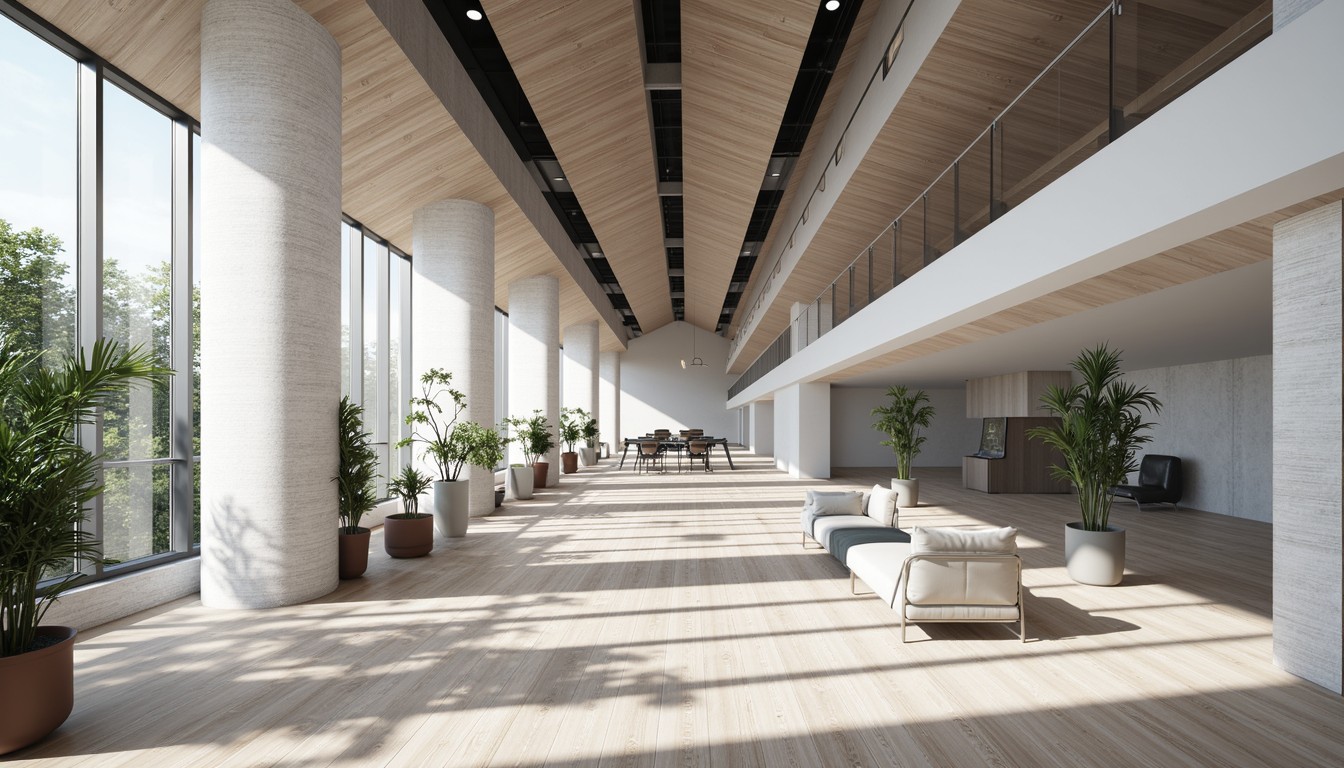Smart Building Technology: Revolutionizing Architecture
The architectural landscape is undergoing a dramatic transformation, driven by the rapid integration of smart building technology. No longer are buildings simply static structures; they are becoming dynamic, responsive ecosystems that prioritize efficiency, sustainability, and occupant well-being. This evolution is profoundly impacting architectural design, construction, and the overall user experience. ArchNav, a leader in architectural visualization, plays a crucial role in showcasing these advancements and helping architects bring their smart building visions to life.
Defining Smart Buildings: Beyond the Buzzwords

A smart building is more than just a building with a few connected devices. It's a holistic system where various technologies work in concert to optimize performance across multiple domains. This includes:
- Energy Management: Smart sensors and AI-powered algorithms monitor energy consumption in real-time, optimizing HVAC systems, lighting, and other energy-intensive components. This leads to significant cost savings and reduced carbon footprint.
- Security Systems: Integrated security systems, including access control, surveillance, and intrusion detection, enhance safety and security for occupants and assets. These systems are often managed through a central dashboard, offering comprehensive oversight.
- Building Automation Systems (BAS): BAS integrates various building systems, enabling centralized control and monitoring. This allows for automated responses to changing conditions, ensuring optimal performance and reducing manual intervention.
- Internet of Things (IoT) Integration: The proliferation of IoT devices allows for granular data collection and analysis, providing valuable insights into building performance and occupant behavior. This data can be used to further optimize building operations and improve occupant experience.
- Data Analytics and Predictive Maintenance: Data analytics play a crucial role in identifying potential issues before they escalate into costly problems. Predictive maintenance, based on real-time data analysis, allows for proactive interventions, minimizing downtime and maximizing building lifespan.
Real-World Applications and Architectural Implications

The impact of smart building technology on architectural design is profound. Architects are now designing buildings with embedded sensors, smart materials, and adaptable spaces that respond to the needs of occupants and the environment. Consider these examples:
1. Sustainable Design and Net-Zero Buildings:
Smart building technology is crucial for achieving ambitious sustainability goals. Real-time energy monitoring and automated controls enable significant reductions in energy consumption, paving the way for net-zero buildings that produce as much energy as they consume. Architects are incorporating features like solar panels, green roofs, and smart windows to further enhance energy efficiency.
2. Enhanced Occupant Experience:
Smart buildings prioritize occupant comfort and productivity. Personalized climate control, smart lighting systems that adapt to natural light, and integrated workplace management systems contribute to a more pleasant and efficient work environment. This includes features like occupancy-based lighting and HVAC adjustments, optimizing energy use while maintaining comfort.
3. Improved Accessibility and Inclusivity:
Smart building technology can significantly improve accessibility for people with disabilities. Smart home automation systems enable voice control of lighting, temperature, and appliances, while integrated wayfinding systems enhance navigation. These features make buildings more inclusive and welcoming to a broader range of users.
4. Optimized Space Utilization:
Smart sensors and data analytics provide insights into space utilization patterns, allowing for more efficient allocation of resources. This data can inform design decisions, leading to more functional and flexible spaces that adapt to changing needs.
The Role of Architectural Visualization

Architectural visualization plays a crucial role in showcasing the potential of smart building technology. ArchNav utilizes cutting-edge rendering techniques and immersive experiences to allow architects, developers, and clients to visualize the integration of smart systems and their impact on the building's overall performance and aesthetics. We can illustrate:
- Interactive 3D models: Showing the location and function of various smart sensors and devices within the building.
- Data visualizations: Illustrating energy consumption patterns, occupancy levels, and other key performance indicators.
- Virtual tours: Allowing users to experience the smart building features firsthand, fostering better understanding and engagement.
- Augmented reality (AR) applications: Overlay digital information onto the real-world environment, providing a more immersive and interactive experience.
Conclusion: The Future of Architecture is Smart
Smart building technology is no longer a futuristic concept; it is rapidly becoming the standard for modern architecture. By embracing these innovations, architects can create buildings that are not only aesthetically pleasing but also efficient, sustainable, and responsive to the needs of their occupants. ArchNav is committed to staying at the forefront of this technological revolution, providing architects with the visualization tools they need to bring their smart building visions to life. Contact us today to learn how we can help you showcase your innovative designs.
